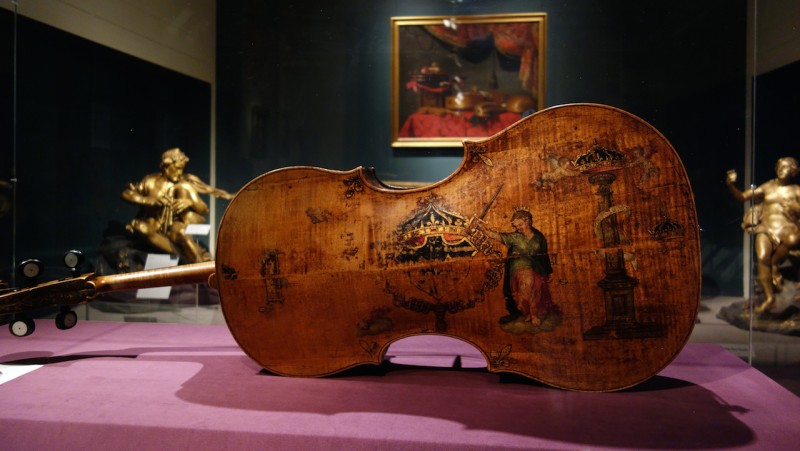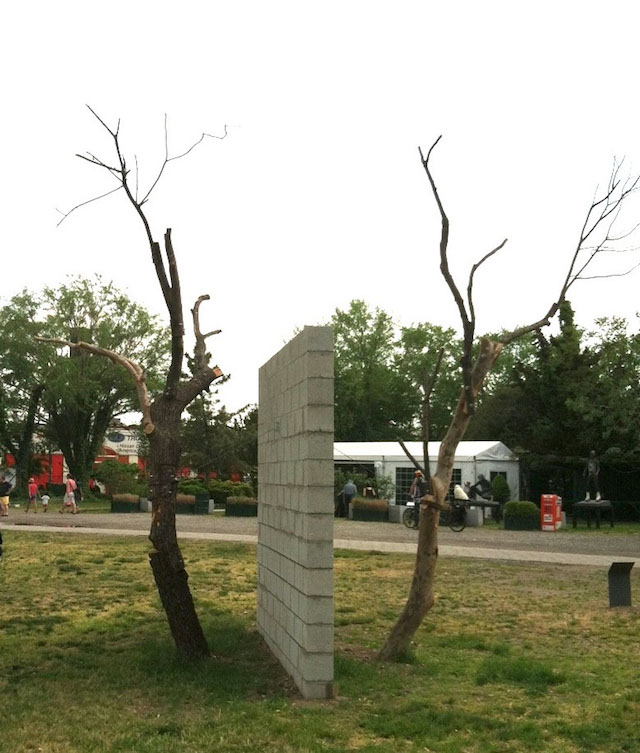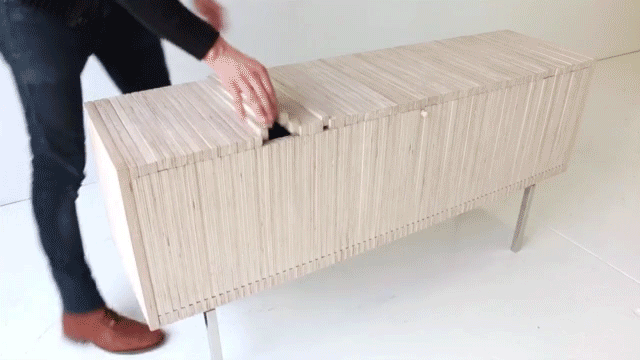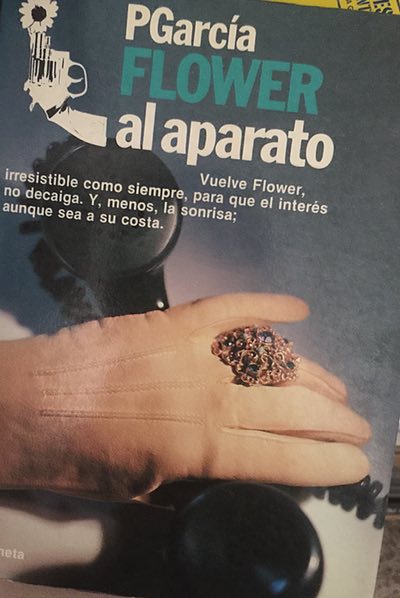«La risa es preferible a las lágrimas»
El gran John Cage en la tele, en el programa concurso I’ve Got a Secret, interpretando su obra «Water Walk». De la interacción con el presentador (que está fumando!!!!) mi momento preferido es cuando Cage le corrige y dice que él hace música.
Y también queda en evidencia el enorme sentido del humor de Cage:
Before the performance, the host assures the audience that it’s fine to laugh, perhaps even encouraging it. “These are nice people, but some of them are going to laugh. Is that alright?” he addresses Cage. In his soft voice, Cage answers, “Of course. I consider laughter preferable to tears.”
What ensues reminds me of being at the theater when audience members laugh at awkward or taboo scenes as a way, I think, of coping with an uncomfortable experience that wasn’t intentionally funny. Hysterical laughs follow the clunk of ice cubes in a cup; the gulp of water entering a jug; and the slam of radios falling onto the floor. Cage repeats the same actions in a willful, structured manner, though the order of sounds — which over time echo and sit in the air — is never predictable.
The audience’s flippant reaction is at odds with what we normally think of Cage — there is a certain seriousness attached to his work. Yet watching Cage onstage it’s clear he had a sense of humor or that at least he was unfazed by others. At one point, the host reads a review in the New York Herald Tribune of Cage’s then-recent album: “Certain compositions of his are really a delight to the ear. This is something that cannot be said of quite a few other Cage items.” Cage, in response, gives a wide, lighthearted smile.
John Cage’s 1960 Game Show Performance
También: 4′ 33″ y Ulobit homenajea a John Cage. Y cómo no, John Cage«>esta cita perfecta.



